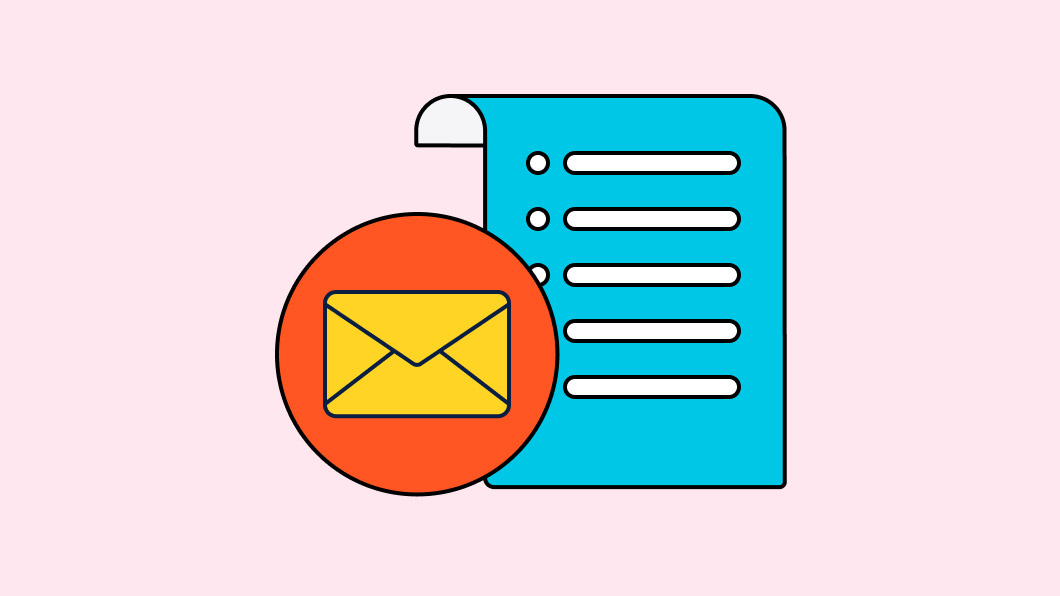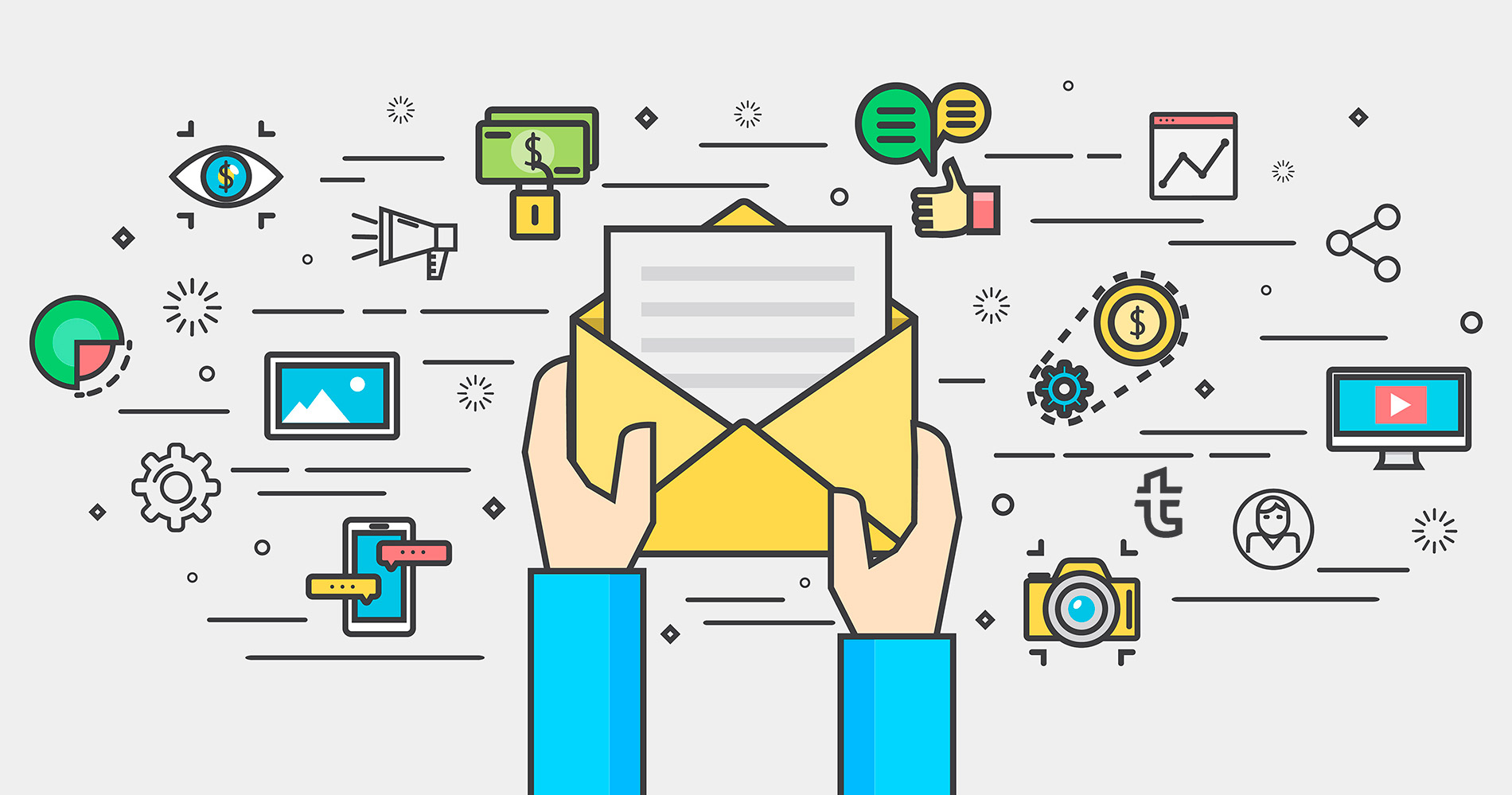
Email marketing has become an integral part of the business world today. By utilizing electronic mail to reach potential customers, businesses can communicate messages, offers, and updates directly to their audiences. But what is an email marketing campaign, and why has it become such a vital tool in the digital age? Our article explores the concept, its key components, benefits, and best practices.
What is an Email Marketing Campaign?
Email marketing campaigns are emails sent to a targeted group with a specific objective, such as promoting a product, announcing a sale, or nurturing customer loyalty with potential or existing customers. It’s a powerful tool for building brand awareness, engagement, and driving conversions.
Key Elements of an Email Marketing Campaign
1. Target Audience Segmentation
By dividing the audience into specific groups or segments, marketers can tailor content to meet the particular needs and interests of different demographics.
2. Content Creation
Creating engaging, relevant content that resonates with the target audience is vital. This includes crafting compelling email subject lines, visually appealing design, and clear, persuasive copy.
3. Personalization
Personalizing emails with the recipient’s name or recommending products based on past purchases can significantly increase engagement.
4. Call to Action (CTA)
A strong CTA encourages readers to take a specific action, such as clicking on a link, signing up for a newsletter, or purchasing.
5. Analytics and Tracking
Gauging the success of an email campaign is essential for continuous improvement. This includes tracking open rates, click-through rates, conversion rates, and overall ROI.
Types of Email Marketing Campaigns

Understanding these email marketing campaign examples will help businesses tailor their campaigns to specific goals.
- Welcome Emails: These are sent to recent subscribers or customers, providing a warm introduction and often including special offers or incentives to engage with the brand.
- Promotional Emails: These focus on promoting a product, service, or sale. Promotional campaigns can be emails or series leading up to a specific event.
- Nurturing Emails: These build relationships with potential customers by equipping them with useful information and insights over time.
- Transactional Emails: These are triggered by specific actions, like purchases or sign-ups, and provide information related to that action.
- Newsletter Emails: Regularly scheduled emails that provide updates, news, or content that adds value to email subscribers.
- Re-engagement Emails: These are designed to re-engage subscribers who have become inactive or less responsive. They may include special offers or content tailored to the recipient’s interests.
- Personalized Emails: Using detailed customer data, these campaigns deliver highly personalized content, offers, and recommendations.
How to Handle a Successful Email Marketing Campaign (Step-by-Step Guide)

Here’s a step-by-step guide to help you set up and run an effective email marketing campaign:
1. Define Your Goals
Identify what you want to achieve with your campaign. This could be building brand awareness, increasing sales, generating leads, or something else. Your goals should be specific, measurable, feasible, relevant, and time-bound.
2. Identify Your Target Audience
Know who you’re trying to reach. Segment your audience based on demographics, past acquisition behaviour, interests, etc. This helps in crafting more personalized and relevant content.
3. Choose an Email Marketing Platform
Select a platform that suits your needs, budget, and technical expertise. Popular options include Mailchimp, SendinBlue, and ConvertKit. These tools create email marketing campaigns and provide features to design, send, and analyze your campaigns.
4. Create a High-Quality Email List

Build your email list organically, and never purchase lists. Provide opportunities for customers to opt in through your social media channels, website, and other platforms.
5. Design Your Campaign
Create engaging content that reverberates with your audience. Include compelling visuals, clear and concise text, and a strong call-to-action (CTA). Use personalization tokens like first names to make your emails more engaging. Write an attention-grabbing email subject line to increase open rates.
6. Optimize for Mobile Devices
Ensure your email design is responsive and looks good on all devices, as many users might open the email on a mobile device.
7. Set Up Automation
If applicable, use automation for welcome emails, follow-ups, or abandoned cart reminders. It saves time and ensures that the right emails reach the right people at the right time.
8. Comply with Legal Regulations
Ensure your email campaigns comply with laws like the CAN-SPAM Act and GDPR. Include an unsubscribe link in emails and honour opt-out requests promptly.
9. Test and Optimize

Use A/B testing to experiment with different email elements and find what works best for your audience. Monitor key metrics like click-through rates, open rates, conversion rates, etc., and make necessary adjustments.
10. Launch the Campaign
Schedule or send out your emails. Monitor the campaign’s performance in real-time to address any immediate issues that may arise.
11. Analyze and Learn
After the campaign, thoroughly analyze the results. Look at what worked, what didn’t, and why. These insights can be instrumental in planning future campaigns and help you learn when best to send marketing emails.
12. Nurture Leads
Continue engaging with the leads generated from the campaign. Provide valuable content and offers to guide them through the sales funnel.
Best Practices

Best practices in email marketing are essential guidelines that enhance campaigns’ effectiveness, efficiency, and ethical standards.
- Compliance with Regulations: Following laws like the CAN-SPAM Act is essential to avoid penalties.
- Mobile Optimization: With many users accessing emails on mobile devices, ensuring that emails are mobile-friendly is critical.
- A/B Testing: This involves testing different versions of an email to see what performs best.
- Avoiding Spam Filters: Utilizing best practices in email content and delivery helps ensure emails reach the inbox rather than the spam folder.
- Providing an Unsubscribe Option: Giving recipients the ability to opt-out respects their preferences and maintains trust.
Benefits of Email Marketing Campaigns
Here’s a rundown of some key benefits of successful email campaigns:
- Targeted Marketing: With email marketing, you can segment your audience based on demographics, purchase history, or engagement, allowing you to send tailored messages to different groups. This can significantly increase the relevance and effectiveness of your campaigns.
- Personalization: You can easily personalize emails with the recipient’s name or other personalized information. This can help build a relationship with the customer and increase engagement.
- Measurable Results: Email marketing tools often provide detailed analytics, including open rates, click-through rates, and conversion rates. This data allows you to gauge the success of a campaign and make necessary adjustments to optimize performance.
- Permission-Based: Since recipients often have to opt-in to receive emails, you’re communicating with an audience that has expressed an interest in your products or services. This can lead to improved engagement and conversion rates.
- Customer Feedback and Engagement: By using surveys or simply asking for feedback through emails, you can gather valuable insights from your customers to improve products, services, or future marketing strategies.
Challenges of Email Marketing Campaigns

- Deliverability Issues: Emails may get blocked by email service providers or end up in the spam folder. Ensure that email content complies with spam regulations and encourage subscribers to add you to their safe sender list.
- Over Saturation: With the sheer volume of emails that people receive daily, it’s easy for marketing emails to get lost in the crowd. Stand out by providing value through unique content and personalized offers.
- Maintaining Relevance: Keeping content relevant and engaging across various segments of the audience is challenging. Regularly update segmentation criteria and personalize content based on individual preferences and behaviour.
- Building and Maintaining a Quality Email List: Building an email list of engaged subscribers genuinely interested in your products or services can be difficult. Utilize double opt-in practices and offer valuable incentives for signing up.
Frequently Asked Questions on What Is an Email Marketing Campaign?
a) Do companies pay for email marketing?
Yes, companies pay for email marketing, and it’s essential to many businesses’ marketing strategies. Companies may pay for email marketing through various means. They may subscribe to email marketing platforms like Mailchimp, Constant Contact, or Brevo, which provide tools to design, send, and analyze email campaigns.
Costs can vary depending on the number of emails sent, the level of customization required, and the analytics and support provided. Some businesses might hire specialized marketing agencies to handle their email campaigns, which could also include costs. In addition to these direct expenses, companies may invest in creating quality content, including graphics and copywriting, to make their emails more engaging.
Email marketing must comply with laws like the CAN-SPAM Act in the USA, which requires adherence to specific guidelines and can include potential penalties for non-compliance. Thus, companies often allocate resources to ensure legal compliance.
b) How do I know if my email campaign is successful?

Knowing if your email campaign is successful involves analyzing key metrics and indicators that align with your objectives. First, set clear goals for your campaign, whether it’s increasing engagement, sales, or brand awareness. Then, monitor the following:
- Open Rate: This refers to the percentage of recipients who opened the email. A high open rate can indicate compelling subject lines and relevance to your audience.
- Click-Through Rate (CTR): CTR shows the percentage of email recipients who clicked on one or more links contained in an email. This is a direct measure of engagement and is often tied to conversions.
- Conversion Rate: This tracks how many click-throughs result in the desired action, such as a purchase or sign-up. It is essential to understand the campaign’s ROI.
- Bounce Rate: This measures the percentage of emails that couldn’t be delivered. A high bounce rate may indicate issues with the email list’s quality.
- Unsubscribe Rate: Monitoring how many recipients opt out of future emails is crucial. A high unsubscribe rate may signal content irrelevance or frequency issues.
- Customer Feedback and Engagement: Sometimes, direct feedback from the audience, as well as their engagement on social media, can provide insights into the campaign’s effectiveness.
- Return on Investment (ROI): Calculating the ROI by comparing the revenue generated against the cost of the campaign provides a tangible measure of success.
- Segmentation Effectiveness: Analyzing how well different segments respond can guide future targeting and personalization strategies.
c) What is the difference between email marketing and email campaign?
Email marketing and email campaigns are closely related concepts but differ in scope and purpose.
Email marketing is a broader strategy that involves sending emails to a targeted group of people to build relationships, promote brand awareness, sell products, or share information. It includes techniques like segmentation, personalization, and analytics to make the content relevant and engaging for the recipients.
On the other hand, an email campaign is a more focused aspect of email marketing. It refers to emails sent to a specific segment of an email list to achieve a particular goal, such as promoting a new product launch or a special sale. An email campaign is typically time-bound, with a clear beginning and end, and is designed to lead the recipients through a planned sequence, often with a call-to-action (CTA) guiding them toward a specific outcome.
In summary, while email marketing is a comprehensive strategy that may encompass various tactics and ongoing engagement with the audience, email campaigns are targeted and time-sensitive marketing efforts within that broader approach. The campaign focuses on a single objective, whereas email marketing involves an ongoing relationship-building process with diverse and multifaceted goals.
Conclusion
Successful email marketing campaigns are a multifaceted tool that allows businesses to reach and engage their audience in a personal and cost-effective way. While the challenges are real, with thoughtful planning, targeted content, personalization, and adherence to best practices, email marketing can be a powerful component of any business’s email marketing strategy.
The digital landscape continues to evolve, with it, the approaches and techniques used in email marketing. Continuous learning, testing, and adaptation are vital in staying ahead in the competitive market, and email marketing, when done right, can lead to significant growth and success for businesses of all sizes.
